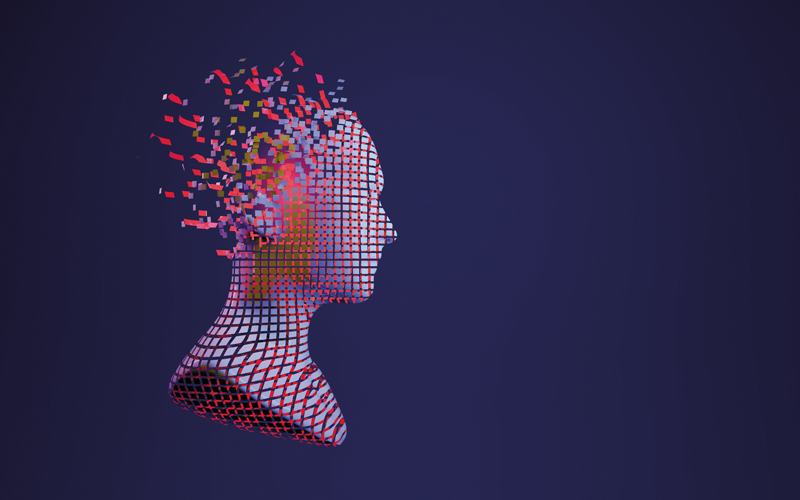This month we ask “What impact will AI have on laboratories in the coming years?”

Ashley Ballard

Advanced Practitioner in Cellular Pathology, Clinical Digital Lead for Pathology
University Hospitals Dorset NHS Foundation Trust
At present, AI as a diagnostic tool is primarily being introduced in histology laboratories that have already implemented digital pathology solutions.
The AI tools that have been approved for use so far aid with cell counting and identification of regions of interest, e.g. possible cancer or invasion. They should boost productivity and help to plug the pathologist shortage in histology, as well as improving diagnostic quality by acting as a virtual second pathologist. Similar systems are likely to be adopted in haematology and microbiology after regulatory approval – e.g. automating cell classification of bone marrow aspirates.
AI tools in development point to the future impact of this technology. Some of these tools allow certain biomarkers to be identified from H&E stained sections, reducing the need for molecular analysis and improving turnaround times. There are other AI tools in development that can provide a basic histology assessment (e.g. hyperplasia or dysplasia in colon biopsies); while not a replacement for pathologists, if these tools were linked to a suitably intelligent reporting solution they could allow semi-automated case screening for certain specimen types, significantly improving turnaround times and aiding with the workforce crisis.
However, health professionals will need education in data governance, ethics and interpretation of AI to fully realise the benefits of this technology.
Tony Cambridge

Lead Biomedical Scientist, Pathology Management, Blood Sciences and Point-of-Care Testing
University Hospitals Plymouth NHS Trust
There has been an explosion of AI solutions in healthcare, either within the medical laboratory or linked to medical equipment across clinical specialisms. One fundamental issue is how AI-produced outcomes are being verified for validity versus established processes. A digital record of how a clinical decision was reached, for clinical audit requirements, is essential. It is clear that AI should support reaching the clinical decision, where responsibility isn’t removed from the medical teams. What level of machine learning is in place? How would decision-making change over the course of the use of the AI? How does this change the requirements for verification? And, importantly, are the outputs inclusive of patients of all ethnicities and medical conditions? There are many questions to answer and much evidence to generate.
Some of the benefits of interest include rapid decision-making, cost improvements, targeted therapies and improved outcomes. Many of these benefits could be realised within the hospital setting, but may be difficult to quantify or evidence. As medical device innovations enter clinical use, there is expected to be growth in the home monitoring market. Patients might self-monitor long-term conditions and AI tools interpret the clinical importance of changes in profiles of test results, informing medical providers that review and action is required.
David Bailey

Divisional Director, Family and Integrated Support Services
North West Anglia NHS Foundation Trust
Histopathology is undergoing a transformative revolution with the integration of AI. Its potential uses in histopathology are vast, changing the way pathologists analyse and interpret tissue samples.
In the lab, AI can streamline workflow efficiency by automating routine tasks, for example checking slide quality, allowing scientists and pathologists to focus on more complex diagnostic challenges. This enhances productivity and helps to address workforce shortages.
One key application is in image analysis. AI algorithms can rapidly analyse large sets of digital images, detecting subtle patterns or abnormalities that might escape the human eye. This expedites the diagnostic process and enhances precision, reducing the likelihood of errors and freeing up pathologists’ time.
AI can also facilitate the standardisation of pathology reporting. By automating the classification and grading of diseases, AI improves consistency and reduces interobserver variability. This has profound implications for research, as standardised data allow for more reliable comparisons and meta-analyses.
Another significant area is predictive analytics. Machine-learning models can be trained on datasets to predict patient outcomes based on histopathological findings. This information can aid with tailoring personalised treatment plans, improving patient care and prognosis, and potentially changing the very nature of histopathology reporting.
Image credit | iStock
